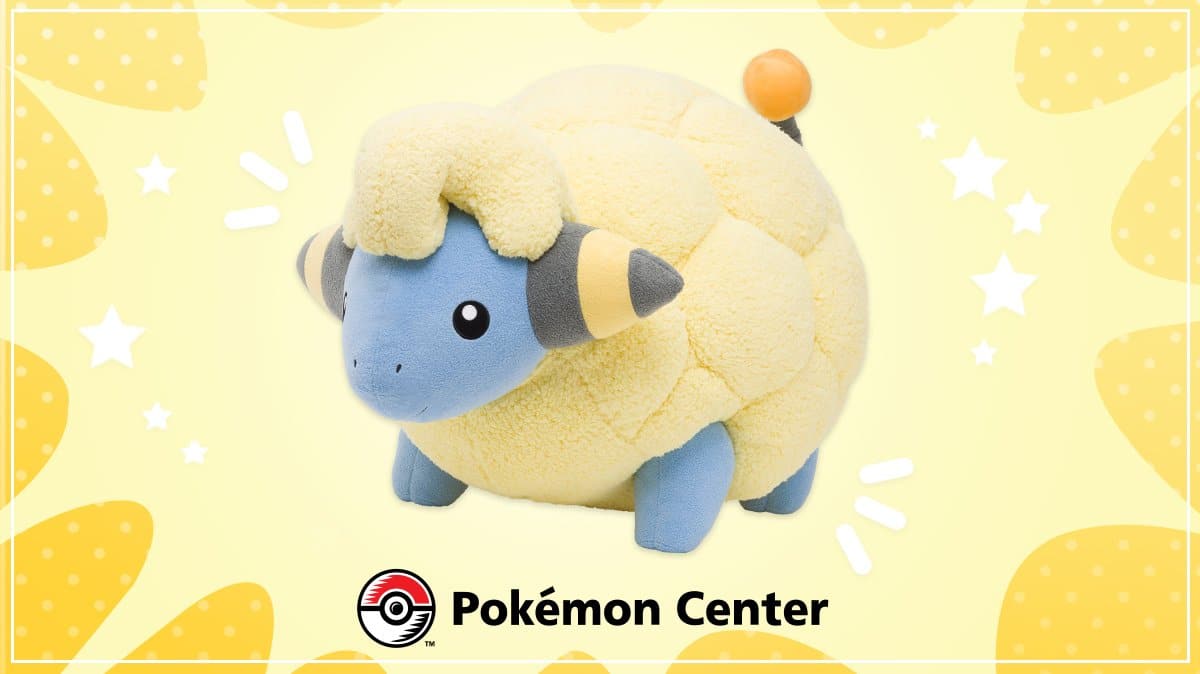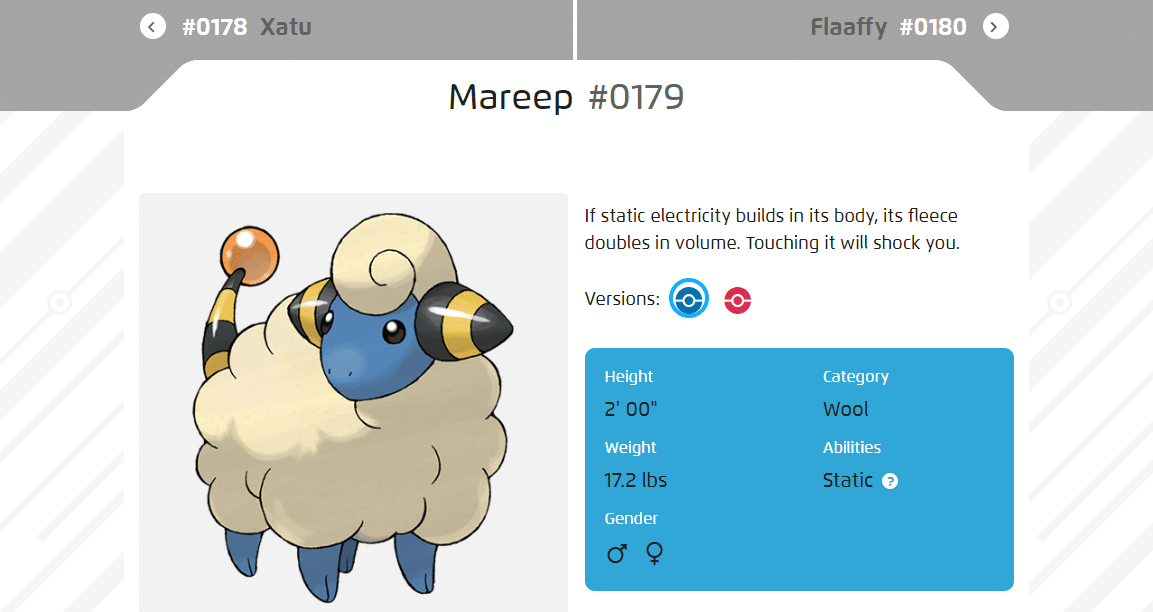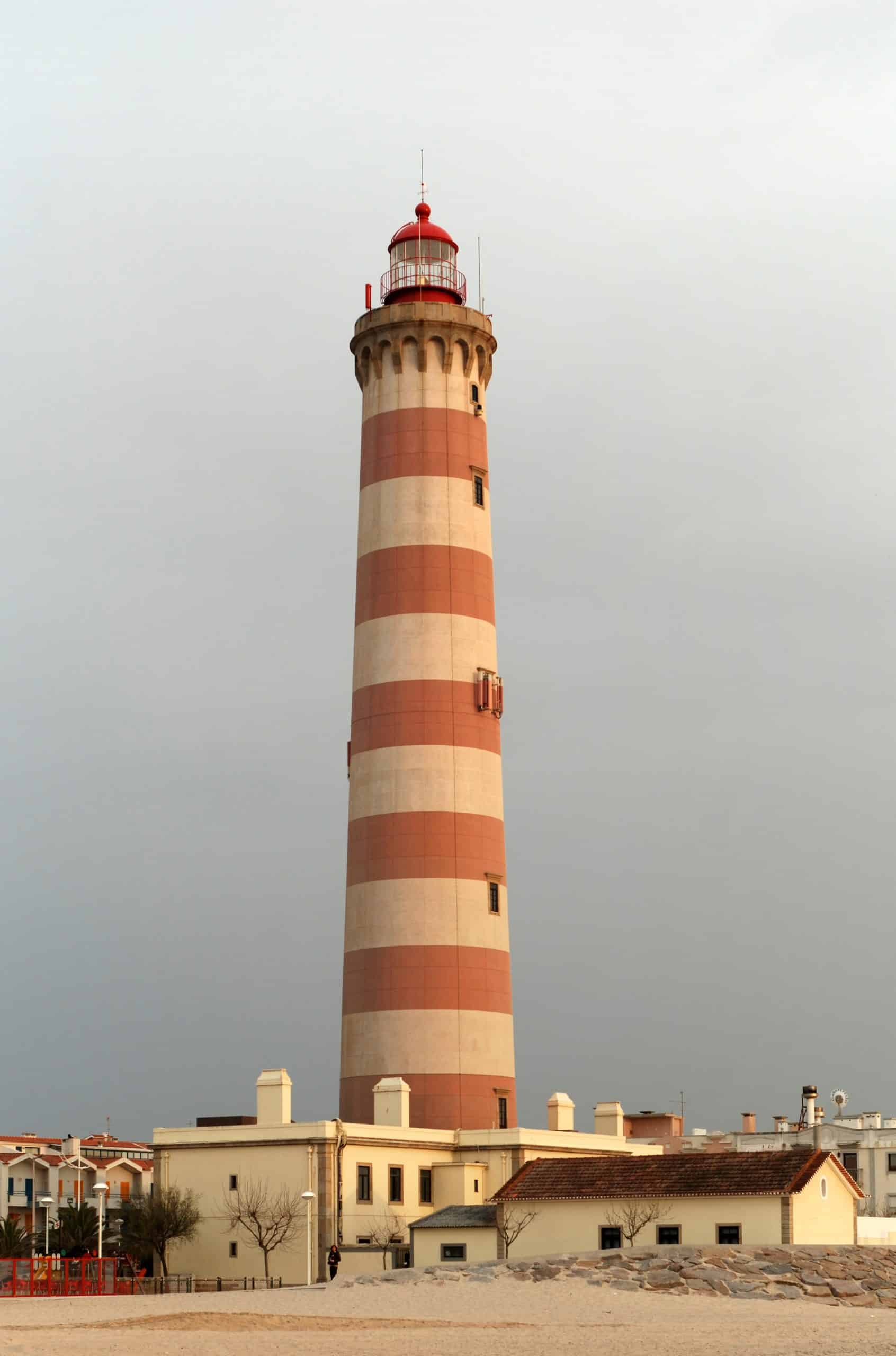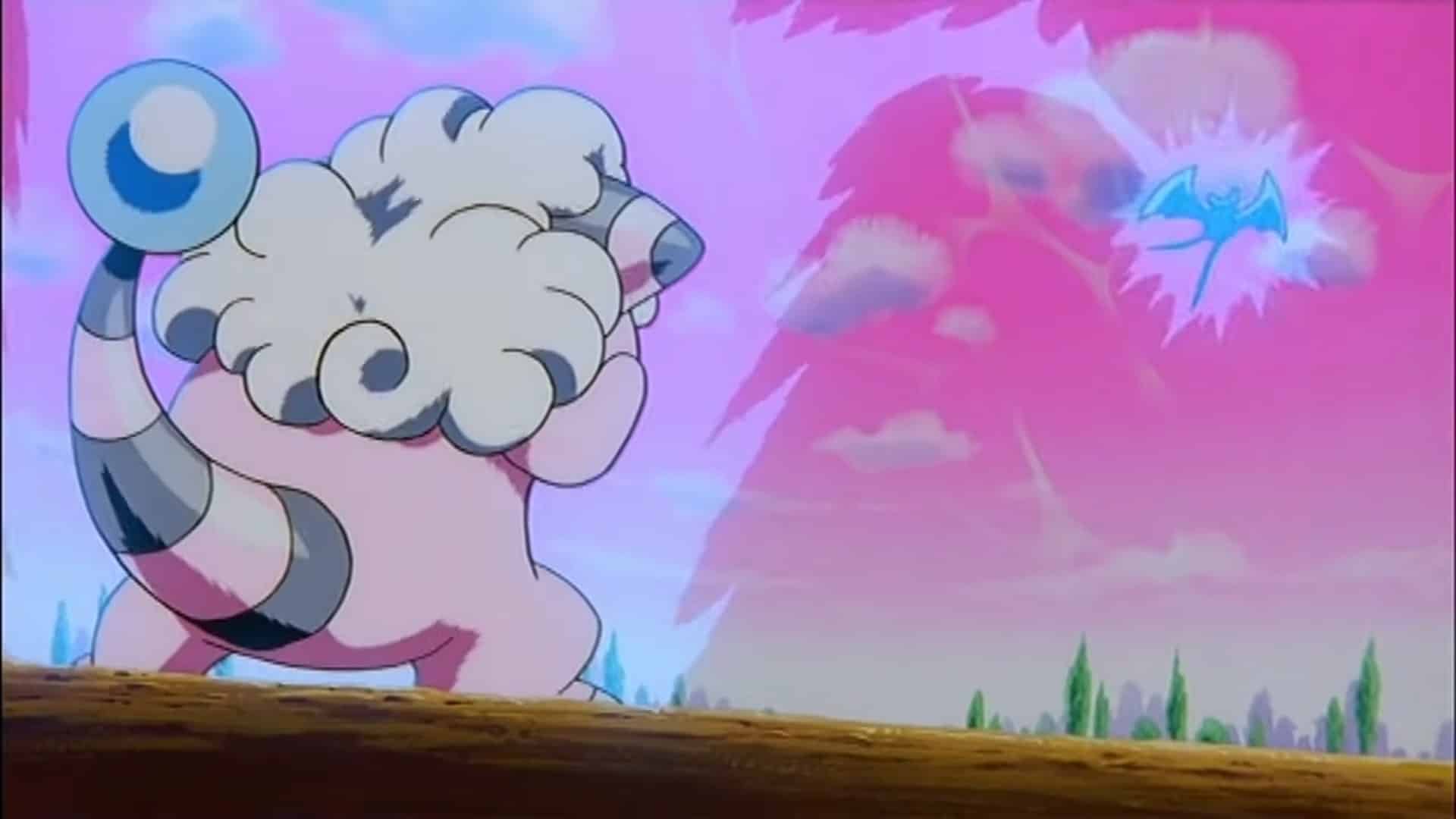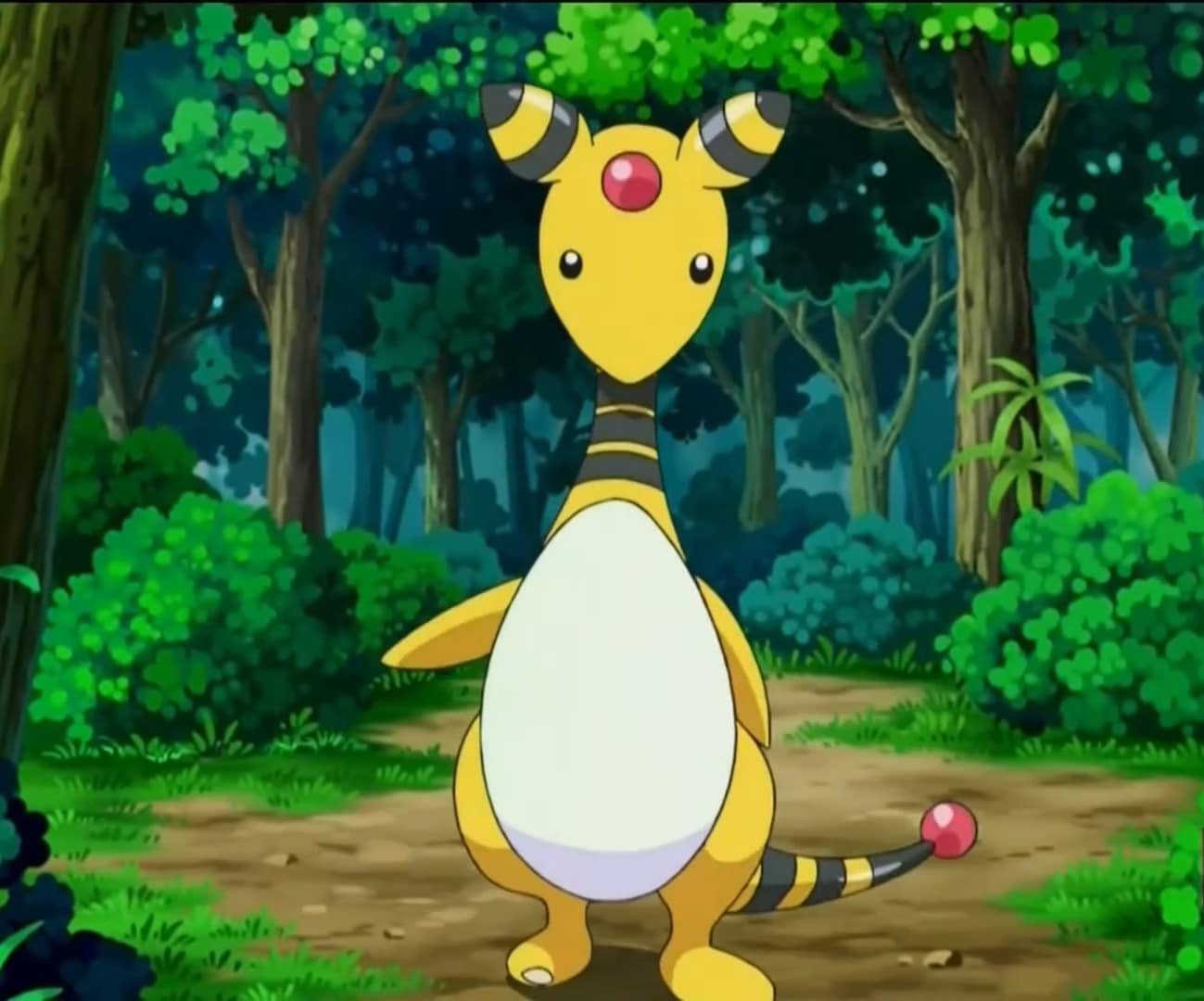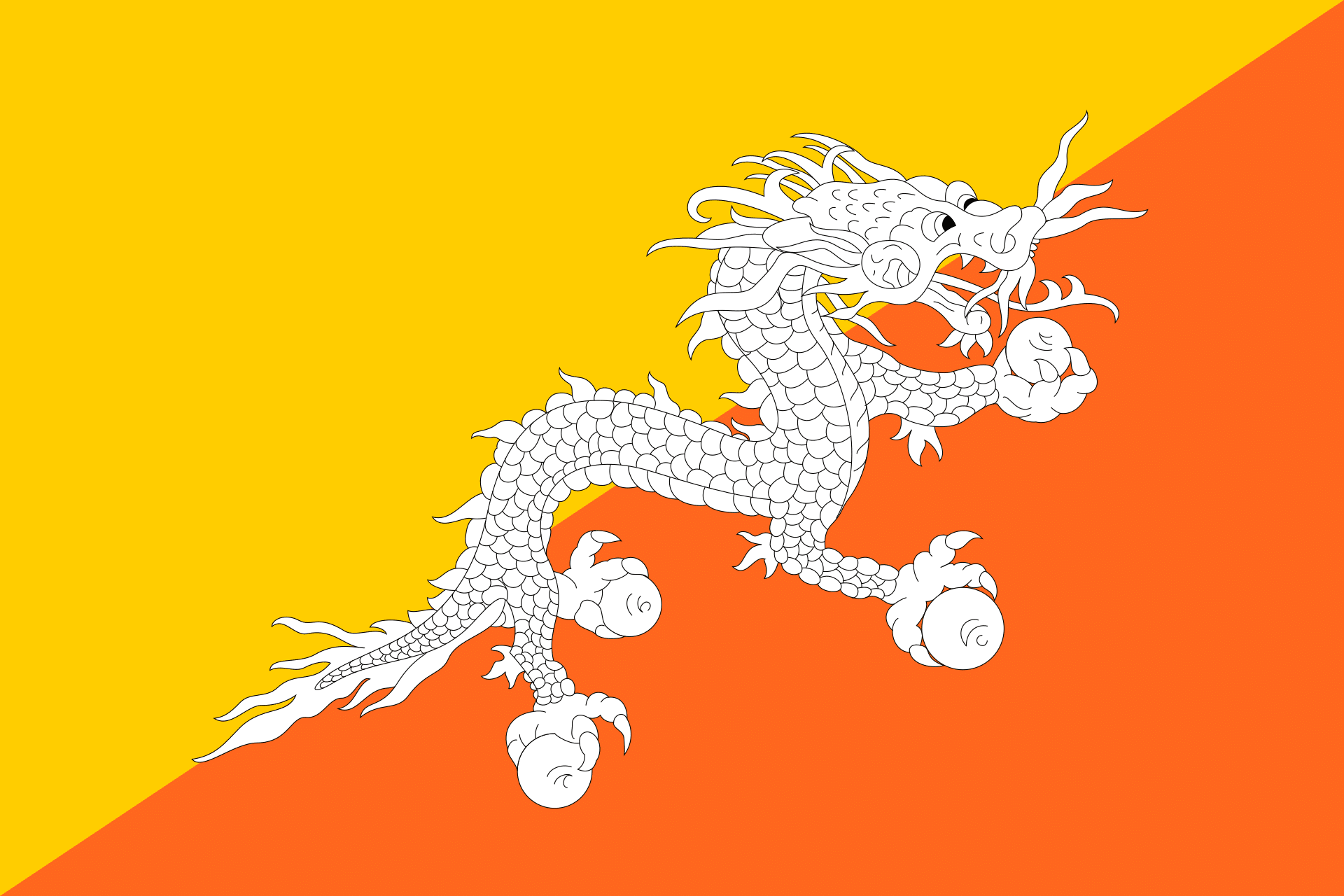Good day, Pokémon Trainers! Have you ever noticed how certain events in Pokémon GO give special attention to a single Pokémon or the community itself tends to hype a new Pokémon up? Have you ever wondered why this Pokémon specifically and what its origins are?
Well, that’s where the Dashing Design series comes in! I’ll be your guide as we take a look at the franchise history, concept, and potential design inspirations of specific Pokémon. And today we will have a first for the series. As for the first time, we will be looking at a Community Day Pokémon. Returning for Community Day Classic, it’s Mareep!
 Mareep
Mareep
Source: Official X Post
Mareep is the oldest Pokémon we’ve covered here in a Dashing Design so far. As it made its debut all the way back in Generation 2. This generation encompasses the Pokémon Gold, Pokémon Silver, Pokémon Crystal lineup of games, and technically also Pokémon Stadium 2. Ampharos, Mareep’s final evolution was revealed before the release of the games in the Japanese CoroCoro magazine in 1997. So, quite fittingly, you could find one decently early on in the games as well. As in both Gold and Silver, Mareep could be found in the route immediately following the first gym.
It’s worth noting, however, that Mega Ampharos, the mega evolution of Mareep’s final form, came much later. It would once again be unveiled in the CoroCoro magazine series in 2013. Before finally making its in-game appearance with the sixth generation games, Pokémon X and Y.
Source: Official Site
Etymology
Mareep’s name, as with just about every Pokémon covered prior, is a combination of two words. Mary (a common feminine name) and Sheep (well, the animal Mareep is based on, kinda self-explanatory). The Mary part of Mareep’s name very likely comes from the nursery rhyme, “Mary had a little lamb”. I’m not entirely sure if this has any bearing on Mareep’s design overall. But as this is the first sheep Pokémon, I suppose referencing the most popular rhyme involving a sheep was kind of unavoidable.
Also as an interesting note, the letters in Mareep’s name can be reorganized to spell Ampere. An ampere is a unit used to measure electrical current. So ya about that:
Design
What might not be clear with Mareep’s name, is that it’s an Electric type. However, I think looking at Mareep’s design itself makes it a bit easier to understand. Since Mareep has characteristic yellow-ish wool and yellow highlights on its tail and horns. And thankfully for our analysis, these are also the key elements of Mareep as an electric type Pokémon.
The Wool
The wool is easy enough to explain. In fact, you may have experienced the inspiration behind it yourself if you’ve ever worn a woolen sweater. Have you ever noticed how sometimes if your sweater rubs against certain things, there’s a small “spark” of sorts? Well, that’s static electricity at play. And it is exactly where Mareep’s Electric typing comes from. At least according to the Pokédex. In reality, of course, your sweater is probably not going to create any sort of electrical charge strong enough to bring you harm under most circumstances. However, that one property of wool is exaggerated somewhat for Mareep’s electric-type attacks. See the image at the start of this category as an example.
The Stripes
The second key part of Mareep’s design is the striped tail and ears. Because while yes, Mareep is a sheep. It also takes queues from lighthouses! This ties back to plot points within the games and mainline anime series. Where Ampharos are seen being a beacon for lighthouses. (There’s a specific Ampharos, but that would lead us to spoiler territory for the Johto region). If you’re confused as to what I’m talking about, just look at this. I think the similarities with Mareep’s tail and ears speak for themselves:
Source: By Alvesgaspar in Wikipedia
Also, lighthouses are used to help guide ships. Ship-Sheep, you get the picture. Most modern light sources are also powered by electricity. So there’s another reason for the electric typing. Though, hold on a moment. This is all fine and dandy but what’s up with the tip of Mareep’s tail? That doesn’t quite look like any sort of lightbulb I know of. Taking into account the shape of Mareep’s ears and tails. Another inspiration for them could be antennas. The tail does seem strikingly close to antennas seen in toy RC Cars. However, this answer alone does not satisfy me. So let’s keep looking forward to Mareep’s evolutions to see what we can find.
Flaaffy
 Flaaffy
Flaaffy
Let’s start looking at the evolutions with Flaaffy. Admittedly not a whole lot going on here as the midstage evolution between Mareep and Ampharos. Naming-wise, Flaaffy is most likely a combination of “Fluffy” (Meaning soft and cottony, like wool) and “Baa” (the onomatopoeia for the sound sheep make).
Source: Pokémon 3: The Movie – Spell of the Unown: Entei
Design-wise, Flaaffy doesn’t deviate too much from Mareep. It’s a partly sheared Mareep, revealing pink skin underneath. And ya, Sheep skin is a pinkish white under all those layers of soft fluffy wool. Interestingly, Flaaffy isn’t manually sheared. Instead, if a particular patch of fur holds too much electricity, it falls off. This is according to multiple Pokédex entries such as the entry in Pokémon Gold:
As a result of storing too much electricity, it developed patches where even downy wool won’t grow.
Also, Flaffy’s skin is said to be rubbery. Rubber is an insulator, meaning electricity can’t pass through it. This is probably why the Mareep line can hold so much electricity in their fur in the first place. Finally worth noting, Flaaffy still keeps the orb on its tail, thus the mystery of its origin deepens.
Ampharos
 Ampharos
Ampharos
Source: Pokémon the Series: Black & White Ep. 113
We finally reach Mareep’s final stage with Ampharos. And honestly, it leaves us with more questions than answers. Basic logic dictates that it finishes the evolutionary theme by becoming a fully sheared sheep. But is it though? Naming wise Ampharos very likely takes from Ampere (mentioned before in Mareep’s etymology) and Pharos (Greek for lighthouse). The most famous of which is The Pharos of Alexandria, which was once considered one of the Seven Wonders of the Ancient World as the tallest structure. Notice that Ampharos’s name doesn’t seem to have anything to do with sheep anymore at all.
Even design-wise it doesn’t exactly have the same shape language as its two prior forms. It looks more pot-like? Triangular? Serpentine even? That, along with the stripes being on its neck as well certainly makes it look more like a lighthouse now. And then there’s that tail orb again! So what’s going on here? Why is it not really like a sheep at all? I think we need to look at just one more Pokémon to get a clearer picture.
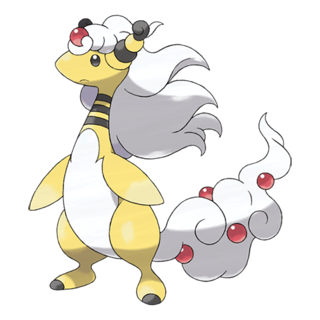 Ampharos (Mega)
Ampharos (Mega)
Source: Official Site
So as it turns out the Mareep line has an additional form thanks to Mega Evolution. The most notable visual change between regular Ampharos and its Mega form is that it seems to have grown back some of its wool. Now it almost has a mane of sorts and a cloudy-looking tail. But let’s not beat around the bush. The most notable change brought on by its mega form is that now it’s part Dragon. And come to think of it, its community day move also happens to be Dragon Pulse.
So, to be clear, I strongly believe that this design decision is inspired by Eastern dragons. The more serpentine stature, the mane, all of it checks out. In fact, I can be a little more specific. To do that, let me introduce you to “Druk Yul” or in English “The Land of the Thunder Dragon”. Otherwise known as the little Asian nation known as Bhutan. With the draconic name stemming from the mythological dragon known as the Druk. Which itself might have come into being thanks to Bhutan being home to tons of mountains that see frequent thunderstorms. (As a bit of a tangent I actually had to learn this in 8th grade as my country is somewhat close to Bhutan).
But to get back on topic, this is what the flag of Bhutan looks like:
Source: Wikipedia
So if you look at this fine specimen of a dragon, what can you see? A mane, a flowing tail, and four orb-like gems on each limb. And if you look at Mega Amphy’s official art over there, you may notice that you can see exactly 4 orbs in its tail. (FINALLY! We have another, more concrete reason for those orbs).
The Tail Itself
Another thing of note is the spirally, cloud-like design of Mega Ampharos’s tail. An eastern dragon engulfed in spiral clouds and thunderstorms is a common motif when it comes to artistic interpretations of these dragons. This is further helped by the fact that a sheep’s wool is often described as cloudy, to begin with. Some modern pieces of media inspired by older Eastern fiction still have these spiral clouds as well. Consider the “Flying Nimbus” from the Dragon Ball franchise as an example.
And come to think of it. The titular dragon from Dragon Ball, Shenron, also appears with dark clouds and thunderstorms when he is summoned. And orb-like “Dragon Balls” are required to summon him. Not only that, Shenron is almost certainly inspired by Shenlong. A mythological divine Chinese dragon that is said to be the master of rain. So orbs, storms, and clouds seem to be common motifs for Eastern dragons, And Mega Ampharos possesses all of them.
Flying Nimbus and Shenron. Source: Dragon Ball Z Opening
So perhaps, even if Mega Ampharos isn’t directly inspired by the Druk, it is, at the very least, inspired by Eastern dragon iconography in general. Both old and modern.
But What About Regular Ampharos?
So I know what you might be thinking. These all relate to Mega Ampharos. Which came much later to the franchise than the rest of Mareep’s line. So they must have added the dragon inspiration later, right? Well, no. Or at least, I believe not.
My confidence comes from one factor that I have been omitting so far. The Japanese names of these Pokémon. While the Japanese names for Mareep and Flaaffy don’t deviate much from their English counterparts, Ampharos’s does. Its Japanese name is Denryū, which can be translated as electric current. But the two parts of that word can be separated as Den ryū, meaning Thunder Dragon. Perhaps, Mareep’s electricity didn’t stem from its wool, but it was within it all along. A mighty dragon hidden within a meek sheep.
And there we go! The first “Dashing Design” on a community day Pokémon, and the sixth overall. I personally believe that modern Pokémon need to be a bit more inspired by necessity. As a lot of the common bases of what a Pokémon can be has been covered. So it is very interesting to me to see how much care was put into most Pokémon designs as early as Generation Two. Just looking at Mareep’s line, it takes inspiration from mythology, real-world tools, and animals alike. And this is why, Mareep’s design, is quite dashing!
But before we leave I wanted to make a note of two things. First, I was referring to Mareep’s head appendages as ears. But they could just as well be horns. I asked other members here at GOHub and the majority seem to believe they are ears. Let me know what you think! Also, it’s hard not to think of the book “Do Androids Dream of Electric Sheep?” while talking about Mareep. But I personally believe it’s not a direct inspiration, as I don’t think there are any similarities other than the name of the book itself.
Goodbye for now, Pokémon trainers. Priom-out!


